The product obtained by the reaction of silver propanoate with bromine in carbon tetrachloride solution is:
Bromoethane
Silver-3-bromopropanoate
Ethanoyl bromide
None of the above
The correct Answer is:A
To solve the problem of determining the product obtained by the reaction of silver propanoate with bromine in carbon tetrachloride solution, we can follow these steps:
Step 1: Identify the Reactants
The reactants in this reaction are:
- Silver propanoate (C3H5O2Ag), which can be represented as CH3CH2COOAg.
- Bromine (Br2) in carbon tetrachloride (CCl4) as the solvent.
Step 2: Recognize the Type of Reaction
This reaction is known as the Hunsdiecker reaction, which involves the reaction of a silver salt of a carboxylic acid with halogens. It typically results in the formation of a haloalkane and the release of carbon dioxide (CO2).
Step 3: Mechanism of the Reaction
1. Formation of Radicals: The bromine (Br2) will react with the silver propanoate, leading to the formation of radicals. The bromine will attack the carbon adjacent to the carboxylate group (COOAg).
2. Cleavage of the Silver Salt: The lone pair of electrons on bromine will facilitate the cleavage of the AgBr bond, resulting in the formation of a radical species and the release of AgBr.
Step 4: Loss of Carbon Dioxide
In the Hunsdiecker reaction, the carboxylate group (COO) will lose a carbon dioxide molecule (CO2) during the reaction. This results in a decrease in the number of carbon atoms in the product.
Step 5: Determine the Product
After the loss of CO2, we will have a two-carbon radical (CH3CH2•) and a bromine radical (Br•). The two radicals will combine to form the final product:
- The two-carbon radical (ethyl radical) combines with bromine to form bromoethane (C2H5Br).
Final Answer
The product obtained by the reaction of silver propanoate with bromine in carbon tetrachloride solution is bromoethane (C2H5Br).
---
The reactants in this reaction are:
- Silver propanoate (C3H5O2Ag), which can be represented as CH3CH2COOAg.
- Bromine (Br2) in carbon tetrachloride (CCl4) as the solvent.
This reaction is known as the Hunsdiecker reaction, which involves the reaction of a silver salt of a carboxylic acid with halogens. It typically results in the formation of a haloalkane and the release of carbon dioxide (CO2).
1. Formation of Radicals: The bromine (Br2) will react with the silver propanoate, leading to the formation of radicals. The bromine will attack the carbon adjacent to the carboxylate group (COOAg).
2. Cleavage of the Silver Salt: The lone pair of electrons on bromine will facilitate the cleavage of the AgBr bond, resulting in the formation of a radical species and the release of AgBr.
In the Hunsdiecker reaction, the carboxylate group (COO) will lose a carbon dioxide molecule (CO2) during the reaction. This results in a decrease in the number of carbon atoms in the product.
After the loss of CO2, we will have a two-carbon radical (CH3CH2•) and a bromine radical (Br•). The two radicals will combine to form the final product:
- The two-carbon radical (ethyl radical) combines with bromine to form bromoethane (C2H5Br).
The product obtained by the reaction of silver propanoate with bromine in carbon tetrachloride solution is bromoethane (C2H5Br).
Topper's Solved these Questions
- BOOK - VMC MODULES ENGLISHCHAPTER - HALOALKANES & HALOARENES EXERCISE - ENABLE99videos
HALOALKANES & HALOARENES
- BOOK - VMC MODULES ENGLISHCHAPTER - HALOALKANES & HALOARENES EXERCISE - EFFICIENT100videos
HALOALKANES & HALOARENES
- BOOK - VMC MODULES ENGLISHCHAPTER - ENVIRONMENTAL CHEMISTRYEXERCISE - JEE Main (Archive)39videos
ENVIRONMENTAL CHEMISTRY
- BOOK - VMC MODULES ENGLISHCHAPTER - HALOALKANES AND HALOARENESEXERCISE - IN-CHAPTER EXERCISE - F6videos
HALOALKANES AND HALOARENES
Similar Questions
Knowledge Check
- Question 1 - Select One
 , Product obtained in the reaction is :ADiastereomerBRacemicCMesoDOptically pure enantiomer
, Product obtained in the reaction is :ADiastereomerBRacemicCMesoDOptically pure enantiomer - Question 2 - Select One
The major product obtained in the reaction
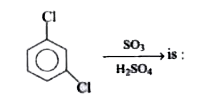 A
A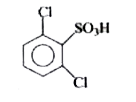 B
B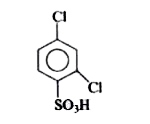 C
C D
D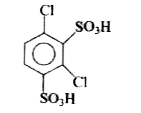
- Question 3 - Select One
The bond in Carbon Tetrachloride is
ASingle Covalent BondBDouble Covalent BondCIonic bondDTriple Covalent Bond





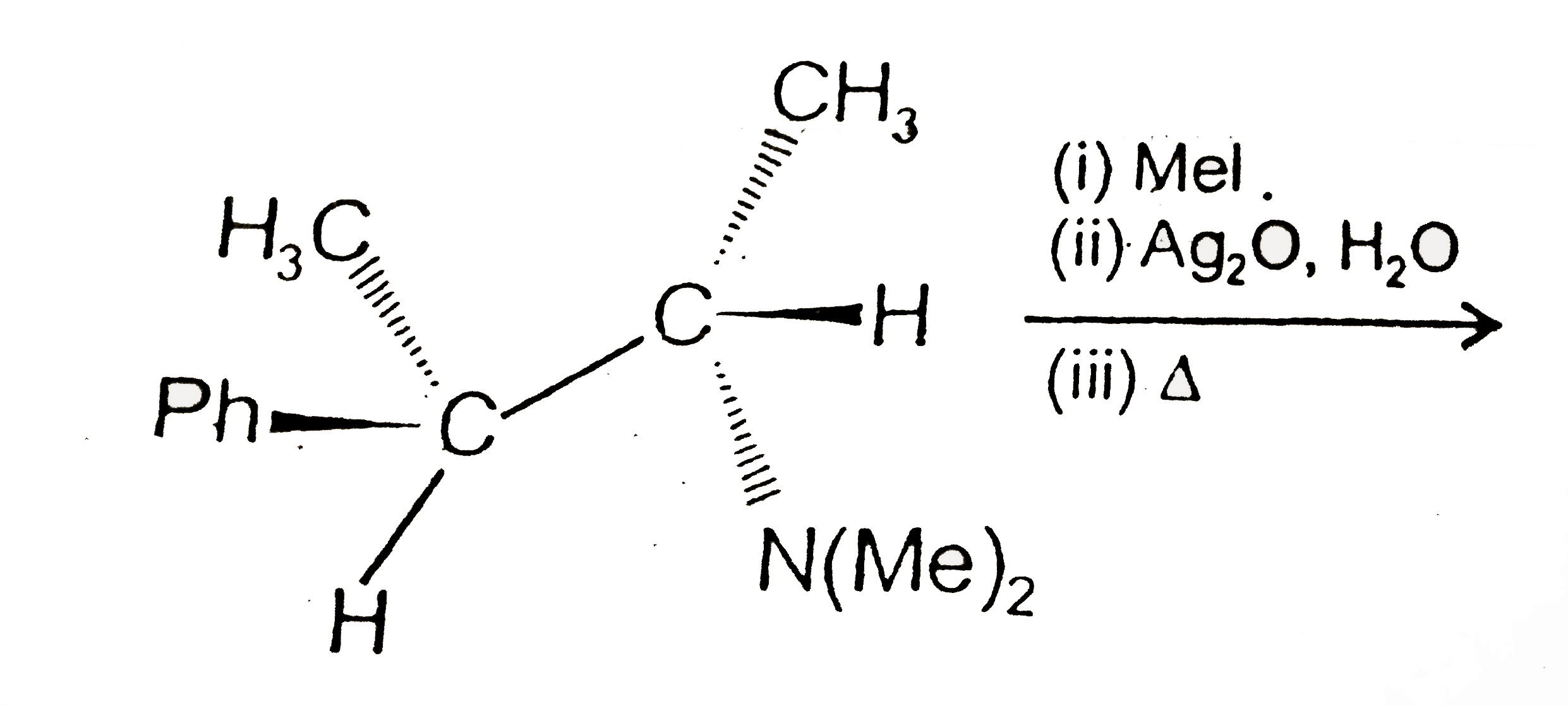
_S01_362_Q01.png)